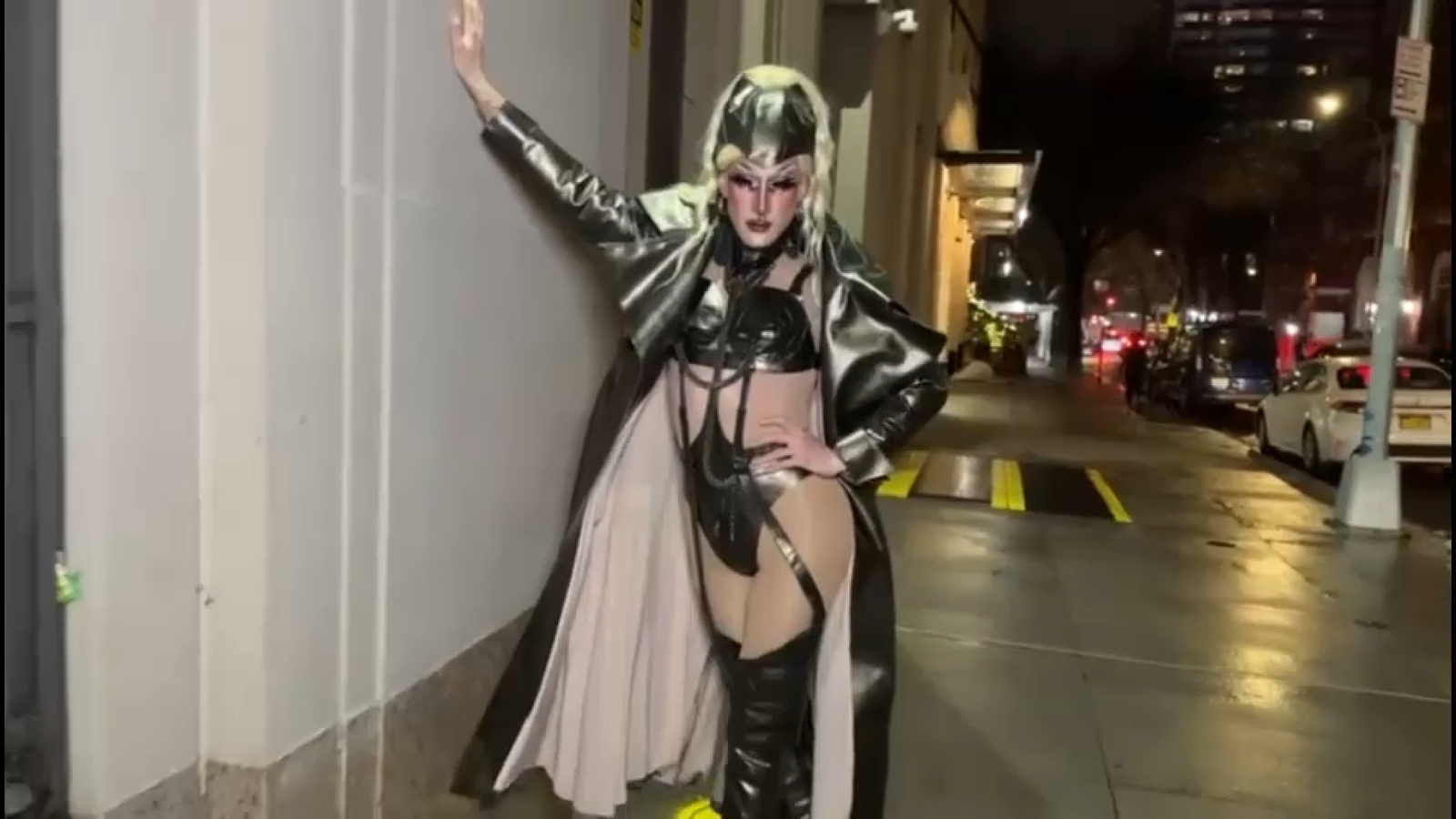Future of fashion spotted at Zero Waste Daniel | NYC Pride – ABC7 New York

Sustainable Fashion and the Influence of Drag Culture: A Report on Zero Waste Daniel
Introduction
In Brooklyn, New York, the intersection of sustainable fashion and drag culture is shaping future trends in the fashion industry. This report highlights the work of designer Daniel Silverstein, known as Zero Waste Daniel, who emphasizes sustainability aligned with the United Nations Sustainable Development Goals (SDGs), particularly SDG 12: Responsible Consumption and Production.
Fashion Trends Originating from Drag Shows
- Drag shows serve as incubators for fashion trends that later influence mainstream events such as red carpets and fashion weeks.
- Daniel Silverstein identifies drag queens as key clients, recognizing their role in pioneering couture fashion.
Zero Waste Daniel’s Sustainable Approach
Zero Waste Daniel champions sustainable handmade designs by reusing fabric scraps, thereby reducing textile waste and promoting circular fashion practices.
- Utilizes leftover fabric to create unique, one-of-a-kind garments.
- Rejects fast fashion’s wasteful model, contributing to SDG 12 by minimizing waste generation.
- Encourages consumers to embrace sustainable fashion without sacrificing style.
Impact on Pop Culture and Inclusivity
- Drag culture influences mainstream pop culture, with celebrities adopting drag-inspired fashion elements.
- Examples include pop stars like Miley Cyrus, Lizzo, and Lady Gaga incorporating drag aesthetics.
- Fashion trends such as men wearing pearl necklaces have transitioned from local drag scenes to global acceptance, promoting gender inclusivity and diversity (SDG 5: Gender Equality).
Freedom of Expression and Authenticity
Zero Waste Daniel and drag performers advocate for self-expression and authenticity, which align with SDG 10: Reduced Inequalities, by empowering individuals to express their identities freely.
- Drag culture challenges traditional norms and encourages bold, creative fashion choices.
- This freedom fosters joy and inclusivity, influencing both community members and allies.
Conclusion
The collaboration between sustainable fashion and drag culture exemplifies a progressive movement towards responsible consumption, cultural diversity, and social inclusion. Zero Waste Daniel’s work not only reduces environmental impact but also promotes the empowerment of marginalized communities through fashion.
Related Resources
- Zero Waste Daniel sells sustainable fashion without sacrificing style
- More Brooklyn news
- Send us a news tip
- Download the abc7NY app for breaking news alerts
- Follow us on YouTube
1. Sustainable Development Goals (SDGs) Addressed or Connected
- SDG 12: Responsible Consumption and Production
- The article highlights sustainable fashion practices, specifically the reuse of fabric and zero waste design, which directly relates to promoting sustainable consumption and production patterns.
- SDG 10: Reduced Inequalities
- The article discusses the drag community’s influence on fashion and pop culture, emphasizing freedom of expression and authenticity, which relates to reducing inequalities and promoting social inclusion.
- SDG 8: Decent Work and Economic Growth
- The focus on handmade, sustainable fashion supports creative industries and promotes sustainable economic growth through innovative and ethical business models.
- SDG 5: Gender Equality
- The article touches on the drag community’s role in challenging gender norms and promoting self-expression, which aligns with achieving gender equality and empowering all genders.
2. Specific Targets Under Those SDGs
- SDG 12: Responsible Consumption and Production
- Target 12.5: Substantially reduce waste generation through prevention, reduction, recycling, and reuse.
- Target 12.8: Ensure that people have relevant information and awareness for sustainable development and lifestyles in harmony with nature.
- SDG 10: Reduced Inequalities
- Target 10.3: Ensure equal opportunity and reduce inequalities of outcome, including by eliminating discriminatory laws, policies and practices.
- SDG 8: Decent Work and Economic Growth
- Target 8.3: Promote development-oriented policies that support productive activities, decent job creation, entrepreneurship, creativity and innovation.
- SDG 5: Gender Equality
- Target 5.1: End all forms of discrimination against all women and girls everywhere.
- Target 5.5: Ensure women’s full and effective participation and equal opportunities for leadership at all levels of decision-making.
3. Indicators Mentioned or Implied to Measure Progress
- SDG 12 Indicators
- Indicator 12.5.1: National recycling rate, tons of material recycled.
- Indicator 12.8.1: Extent to which sustainable development information is integrated into education and awareness programs.
- Implied measurement: Reduction in textile waste through reuse of fabric and zero waste fashion design.
- SDG 10 Indicators
- Indicator 10.3.1: Proportion of population reporting discrimination or harassment based on personal characteristics.
- Implied measurement: Increased social inclusion and acceptance of diverse gender expressions and identities.
- SDG 8 Indicators
- Indicator 8.3.1: Proportion of informal employment in non-agriculture employment, by sex.
- Implied measurement: Growth in sustainable and creative fashion businesses providing decent work.
- SDG 5 Indicators
- Indicator 5.1.1: Whether or not legal frameworks are in place to promote, enforce and monitor equality and non-discrimination on the basis of sex.
- Implied measurement: Increased visibility and empowerment of gender-diverse communities in cultural and economic sectors.
4. Table of SDGs, Targets, and Indicators
| SDGs | Targets | Indicators |
|---|---|---|
| SDG 12: Responsible Consumption and Production |
|
|
| SDG 10: Reduced Inequalities |
|
|
| SDG 8: Decent Work and Economic Growth |
|
|
| SDG 5: Gender Equality |
|
|
Source: abc7ny.com








